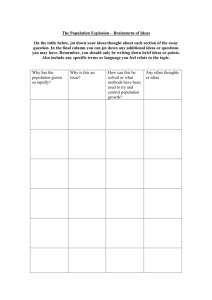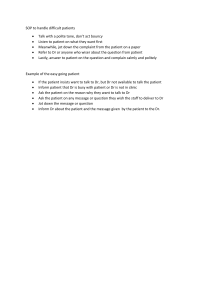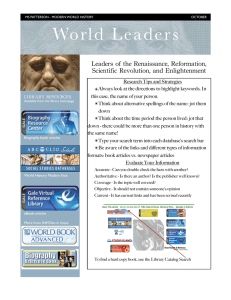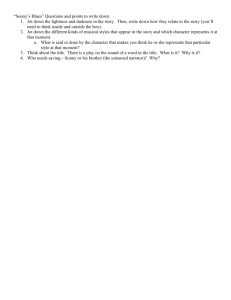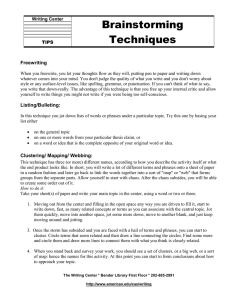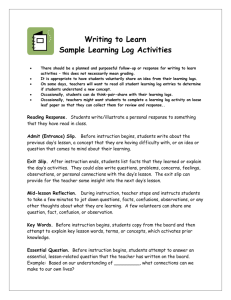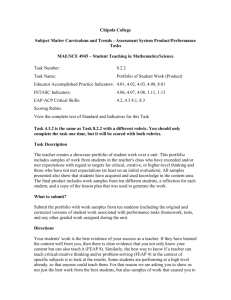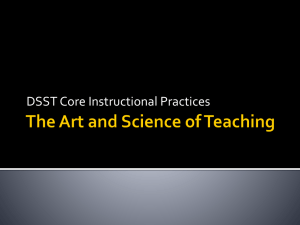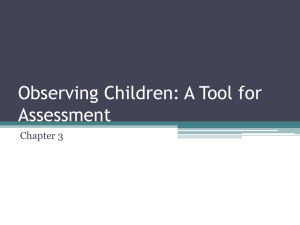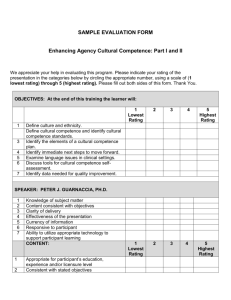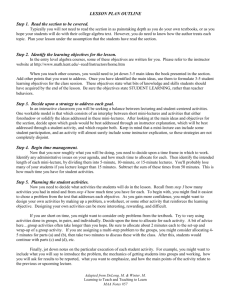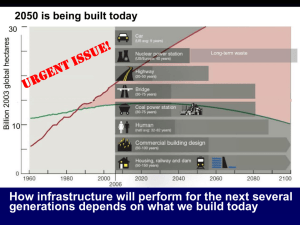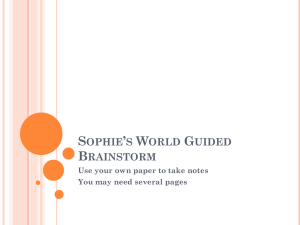Frequently Asked Questions About The DRDP
advertisement
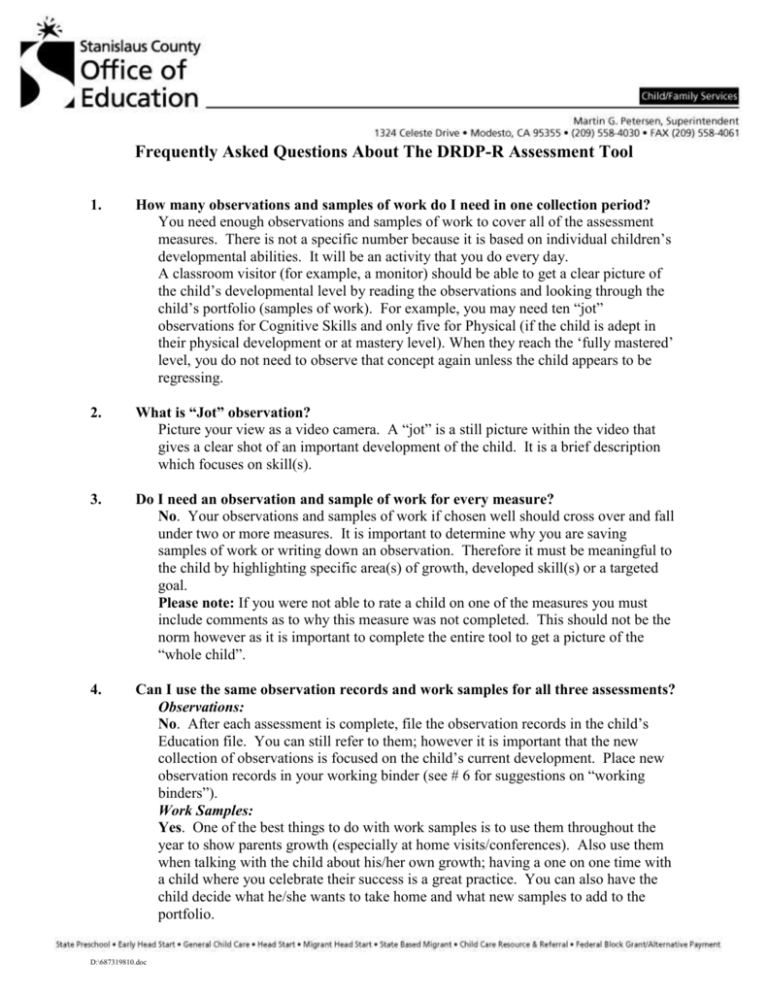
Frequently Asked Questions About The DRDP-R Assessment Tool 1. How many observations and samples of work do I need in one collection period? You need enough observations and samples of work to cover all of the assessment measures. There is not a specific number because it is based on individual children’s developmental abilities. It will be an activity that you do every day. A classroom visitor (for example, a monitor) should be able to get a clear picture of the child’s developmental level by reading the observations and looking through the child’s portfolio (samples of work). For example, you may need ten “jot” observations for Cognitive Skills and only five for Physical (if the child is adept in their physical development or at mastery level). When they reach the ‘fully mastered’ level, you do not need to observe that concept again unless the child appears to be regressing. 2. What is “Jot” observation? Picture your view as a video camera. A “jot” is a still picture within the video that gives a clear shot of an important development of the child. It is a brief description which focuses on skill(s). 3. Do I need an observation and sample of work for every measure? No. Your observations and samples of work if chosen well should cross over and fall under two or more measures. It is important to determine why you are saving samples of work or writing down an observation. Therefore it must be meaningful to the child by highlighting specific area(s) of growth, developed skill(s) or a targeted goal. Please note: If you were not able to rate a child on one of the measures you must include comments as to why this measure was not completed. This should not be the norm however as it is important to complete the entire tool to get a picture of the “whole child”. 4. Can I use the same observation records and work samples for all three assessments? Observations: No. After each assessment is complete, file the observation records in the child’s Education file. You can still refer to them; however it is important that the new collection of observations is focused on the child’s current development. Place new observation records in your working binder (see # 6 for suggestions on “working binders”). Work Samples: Yes. One of the best things to do with work samples is to use them throughout the year to show parents growth (especially at home visits/conferences). Also use them when talking with the child about his/her own growth; having a one on one time with a child where you celebrate their success is a great practice. You can also have the child decide what he/she wants to take home and what new samples to add to the portfolio. D:\687319810.doc 5. Do I need to start all over with each assessment? Yes this allows you to be open to the current levels the child is performing rather than assuming the child has moved to the next step. This has been referred to as the “halo effect” and it is why you must fill out a new assessment rating record for the second and third assessment. Of course as the teacher you will have knowledge where children are performing in specific areas by the second collection, however you still need a work sample or observation to back up your rating choice. 6. How do I organize all the assessment records? Keep a “working binder” with dividers labeled as follows: 1. Classroom Summaries -(once 1st assessment is completed), 2. Activity Plans ( several weeks at a time) include in this section a list of available resources to assist w/ planning 3. Observation Records- with each child’s name, to file the observation records rather than keeping the information in each child’s education file. Children’s portfolios w/ samples of work should be kept separately yet still accessible especially during class time (for example in a portable file box). 7. How often should I review assessment information? You will need to look over your observations and samples of work at a minimum of once a week. At this time you will want to note on the observation/samples of work what measure it covers and also what rating you feel applies. An organized assessment system and a team effort (splitting up tasks amongst teaching staff) is the best approach to ensure accuracy and time efficiency.
